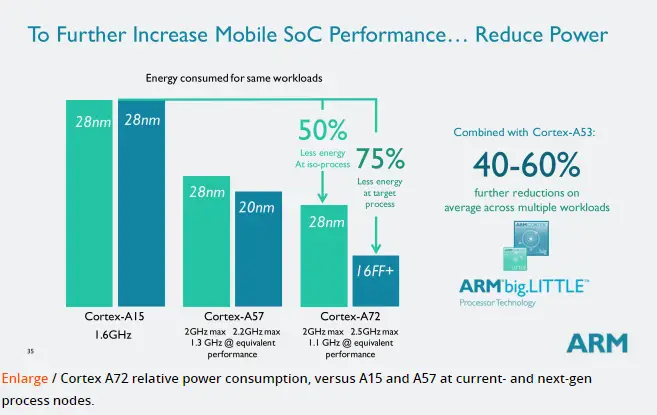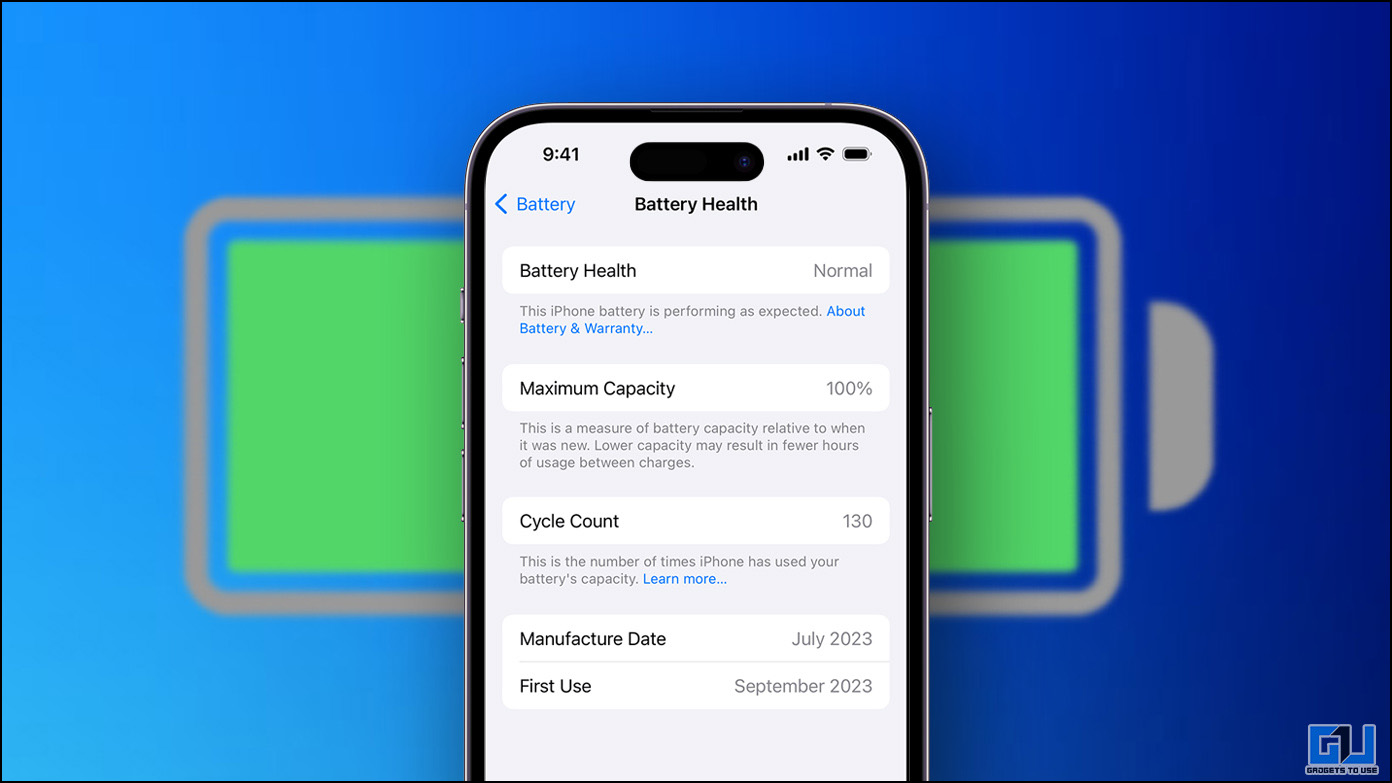Well, it may be a comparison between two mobile processors, but I guess many of you may be using it compare two phones: Redmi Note 3 and Redmi Note 4. Xiaomi has launched the Redmi Note 4, the successor of Redmi Note 3, in India at an event in India; however, it didn’t go well with many of its fans who are disappointed by the fact that Redmi Note 4 is powered by a relatively less powerful Qualcomm Snapdragon 625 SoC. Nevertheless, Xiaomi didn’t shy in announcing it on the large stage; it boasted about the improved battery life with new the processor for the most part of the event.
In this article, I will not compare real world experience but will try to evaluate how do they differ theoretically and how the difference may affect an end user.
Snapdragon 617 Vs Snapdragon 625 Vs Snapdragon 650
[table id=807 /]
Snapdragon 617 and Snapdragon 625 comprise of octa-core Cortex A-53 cores; however, they differ in the manufacturing process. Snapdragon 617 is built using 28nm LP (Low Power); whereas, Snapdragon 625 is manufactured using 14nm LPP (Low Power Plus). On the other hand, 650 is a Hexa-core CPU with four Cortex-A53 cores and two Cortex-A72 cores build using 28nm HPm (High performance mobile) process. It all boils down to the type of cores used and manufacturing process.
28nm vs 14nm Manufacturing Process
A processor consists of more than two billion transistors. For conduction to happen in a transistor, the electron should travel from the source to the drain. The distance between the source and the drain of a transistor is called Gate length (28nm or 16nm or 14nm). We have three main advantages in decreasing the gate length:
- As electron needs to travel a shorter distance, conduction happens faster that entails greater clock speeds.
- The length of the transistor decreases, which enables us to incorporate more number of transistors on a given chip thus by increasing the functionality of the chip.
- Transistor requires less voltage and current that results in lower power requirements.
In short, it makes the chip faster, power efficient, and improves the functionality. To put in perspective, according to Global Foundries, 14LPP technology can provide upto 80% power reduction, 45% area reduction, and 60% power reduction compared to 28nm technologies. It also doesn’t come cheaper as 14nm LLP is costlier than 28nm technologies.
Cortex-A53 vs Cortex-A72
While ARM Cortex-A72 is targeted at next-generation process nodes (14 and 16nm), Qualcomm brought 28nm Cortex A72 devices: Snapdragon 652 and Snapdragon 653.
In general, Cortex-A72 built with 28nm technology is more power efficient, less in size, and high performing compared to Cortex A-53 core. However, A-72 built using 16nm or 14nm is far more superior to A-72 (28nm) and A-53 both in terms of power efficiency and performance. In a nutshell, A-72 bolsters CPU performance thus enabling lag less multitasking and gaming.
Who Should buy a Snapdragon 625 powered device?
- Who needs long battery life
- Who doesn’t use CPU demanding apps or games
- Who can afford occasional lags during multitasking
Who Should buy a Snapdragon 650 powered device?
- Who plays CPU intensive games
- Who does multitasking more often than not
- Who can afford above average battery life




